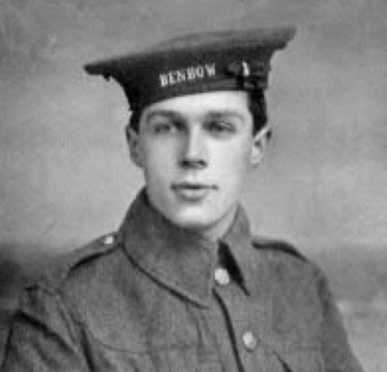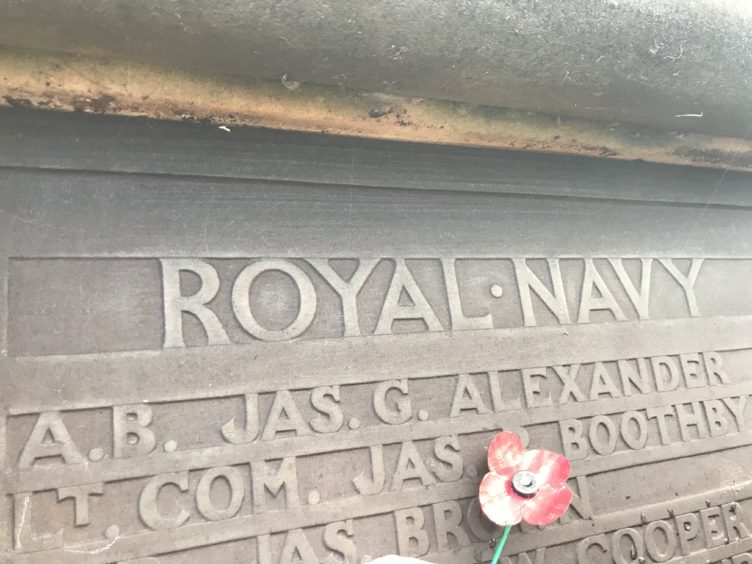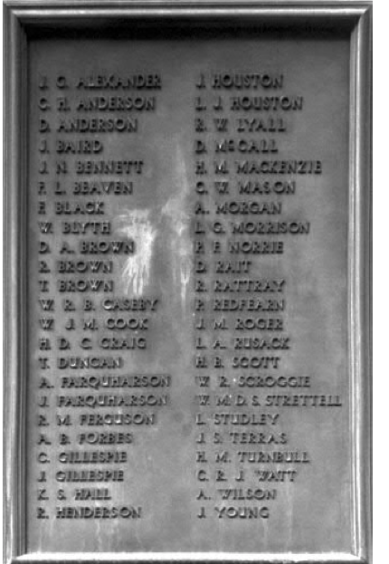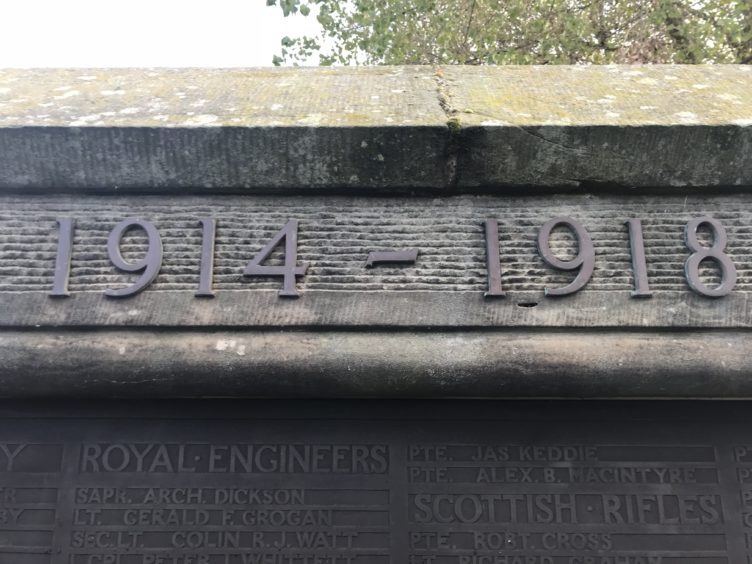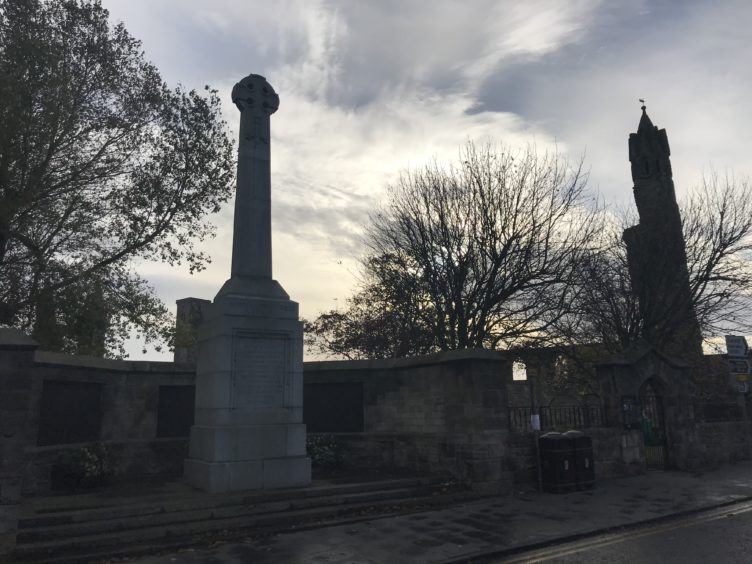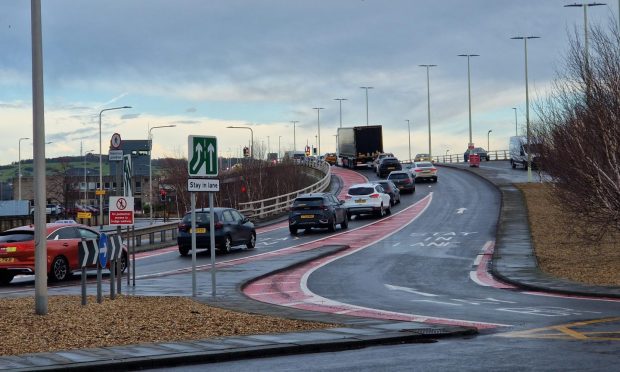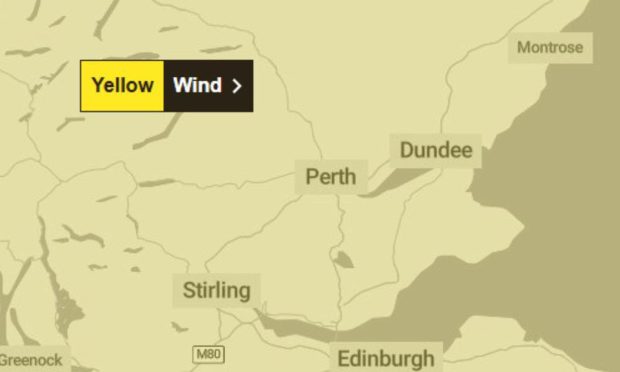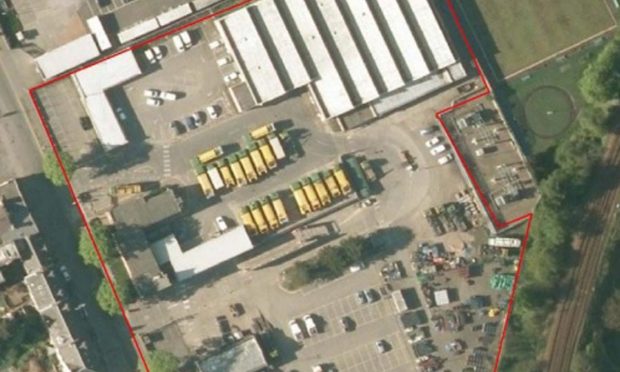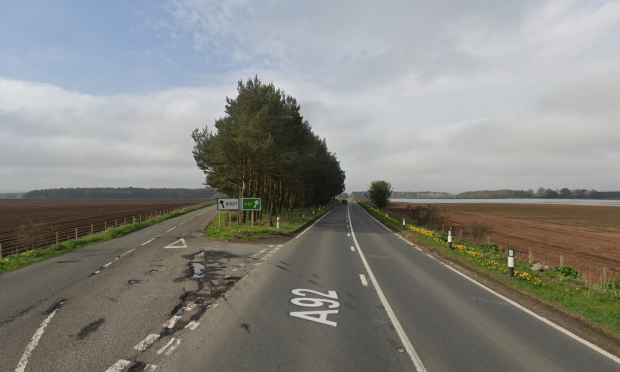Michael Alexander pays tribute to his great great uncle James Alexander of St Andrews whose body was found – but lost again – after perishing at Gallipoli during the First World War.
As poppies and wreaths are laid at thousands of war memorials and Commonwealth War Graves this weekend to commemorate the 100th anniversary of the Armistice, it will be a fitting tribute in memory of all those who fought, died – and survived -the First World War.
But what of those casualties who rest in no known grave, or a grave overseas?
How did their immediate families ever cope with the heartache of not being able to lay their loved ones to rest?
It’s a question I’ve asked myself on several occasions over the years having often gazed at a family photograph of my great great uncle James Alexander, from St Andrews, who died at Gallipoli aged just 19, and whose body – while initially found – was lost soon after and never rediscovered.
Born in St Andrews on October 3 1895 with two older sisters and three younger brothers, James Graham Alexander – the son of a joiner and a former pupil of Madras College – joined the Nelson Battalion of the Royal Naval Division, Royal Naval Volunteer Reserve.
According to the Madras College yearbook of 1915 which recorded his death, the Admiralty mobilised the Royal Naval Volunteer Reserve in July 1914, and James was posted to the Benbow Battalion of the Royal Naval Division.
On March 18 1915 an Allied force began landing on the Gallipoli Peninsula.
By May 4 the Royal Naval Division was ashore at Cape Helles, where it was based for the remainder of the campaign.
The ability of the Turkish forces to defend their positions had been underestimated, and as well as sustaining casualties in action, the Allies lost men to diseases such as dysentery.
After sustaining heavy losses on June 4, the Royal Naval Division’s Battalions were reorganised, and James Alexander was transferred to the Nelson Battalion.
On July 12 another attempt was made to capture Achi Baba, the Turkish-held strongpoint that dominated the surrounding area.
The attack took place up the dry river-bed of the Achi Baba Nullah, and the fighting continued into the following day.
Little ground was gained and there were many casualties among the units taking part, which included the Nelson Battalion.
Among the casualties on July 13 1915 was Able Seaman James Alexander.
“There he was one of a storming party which was landed to capture an enemy position but, like many more, he failed to return,” records the Madras College magazine of summer 1916.
“He was posted as missing and his friends hoped that at the worst he had been wounded and fallen into the hands of the Turks, but later the Admiralty reported him to have been killed in action on July 13 1915.”
His body was found and buried by the French, having identified it by his disc.
However, his temporary grave could not be located after the war and he is remembered on the Helles Memorial, Turkey.
Sadly, however, James is not the only one of his siblings to appear on the St Andrews war memorial. While his younger brother Robert – my great grandfather – survived the war when, after a year of being in France, he was discharged for being under age, another brother Thomas Alexander died at the end of the Second World War, aged 36, and is buried in the Moascar war cemetery, Egypt.
